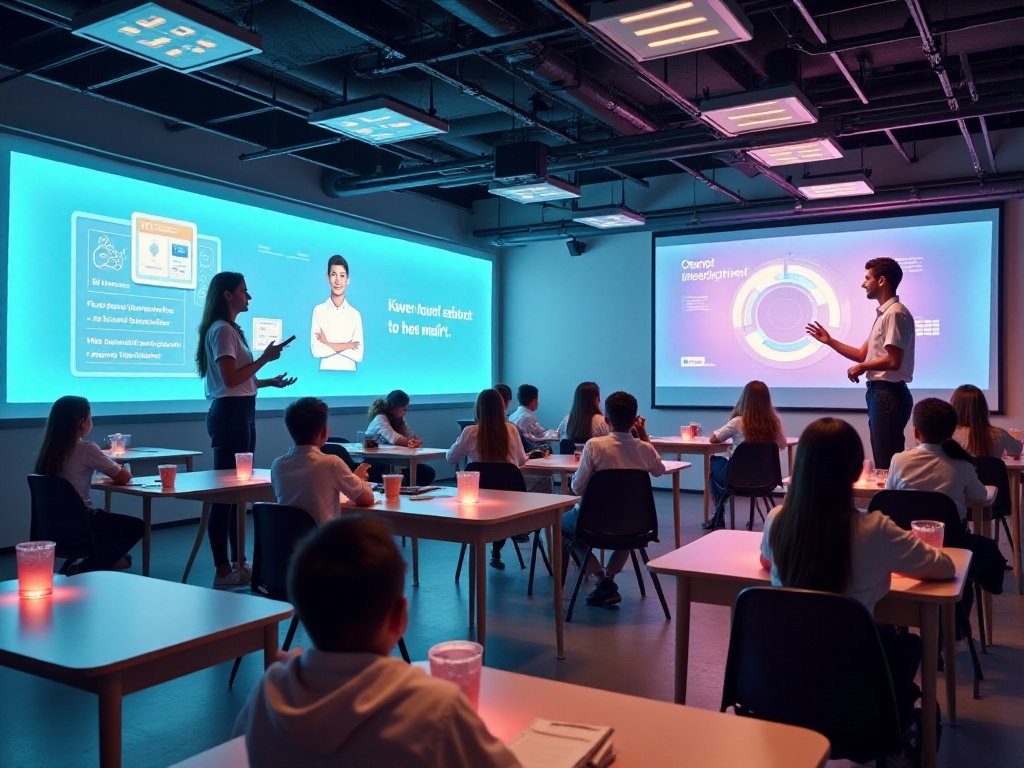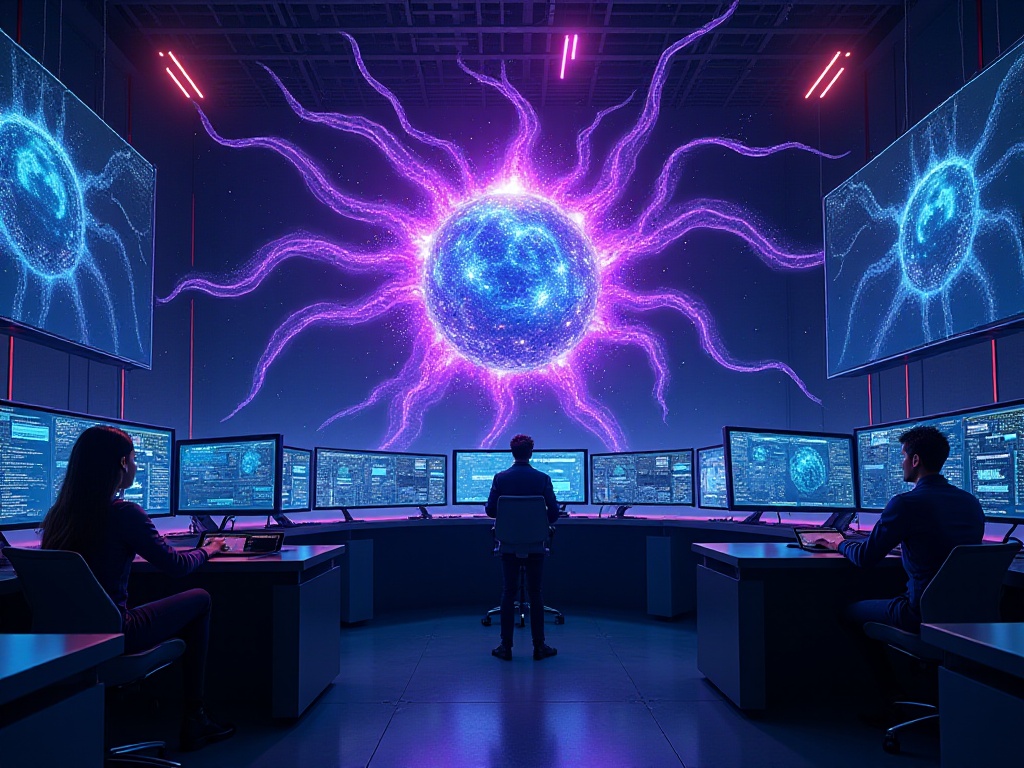Opening Chat
Hey, I'd like to share a super interesting experience - my story as an AI transformation consultant at a traditional manufacturing company. To be honest, when I first got this project, I was a bit nervous. You know how traditional industries like manufacturing tend to be cautious about new things, especially high-tech stuff like AI. But after more than six months of hands-on experience, we not only achieved some results but also gained plenty of valuable insights, which I'd like to share with you today.
As someone born after 1995, I grew up in an internet environment and naturally feel close to new technologies. But when I first stepped into this manufacturing plant, I was still amazed. The tall workshops, roaring machines, and busy workers - these scenes made me realize what a powerful industry manufacturing is. I also saw the huge opportunities for digital transformation within.
The Turning Point
I still vividly remember my first meeting with the company's leader. It was in a somewhat old conference room, and he was a straightforward CEO in his 50s. "Young man, our company spends tens of millions on equipment maintenance every year, yet problems keep coming up. Worst of all, equipment always breaks down during our busiest times, forcing us to halt production for repairs. It's really frustrating."
Hearing this, I immediately got excited. Predictive maintenance is one of AI's strengths! Through machine learning algorithms, we could predict potential equipment issues in advance - wouldn't that perfectly solve their pain point? Plus, from a business perspective, maintenance costs in the tens of millions meant huge optimization potential. If we could do this project well, the return on investment would definitely be significant.
But honestly, technical feasibility alone isn't enough. The key is getting buy-in from both management and front-line employees. So, I started spending time in the workshops, talking with engineers, understanding the specific problems they face in their daily work. I discovered that many engineers had actually wanted to try new technologies to improve work efficiency, they just lacked the right opportunity and solution. This discovery made me even more confident that AI transformation could make a real difference here.
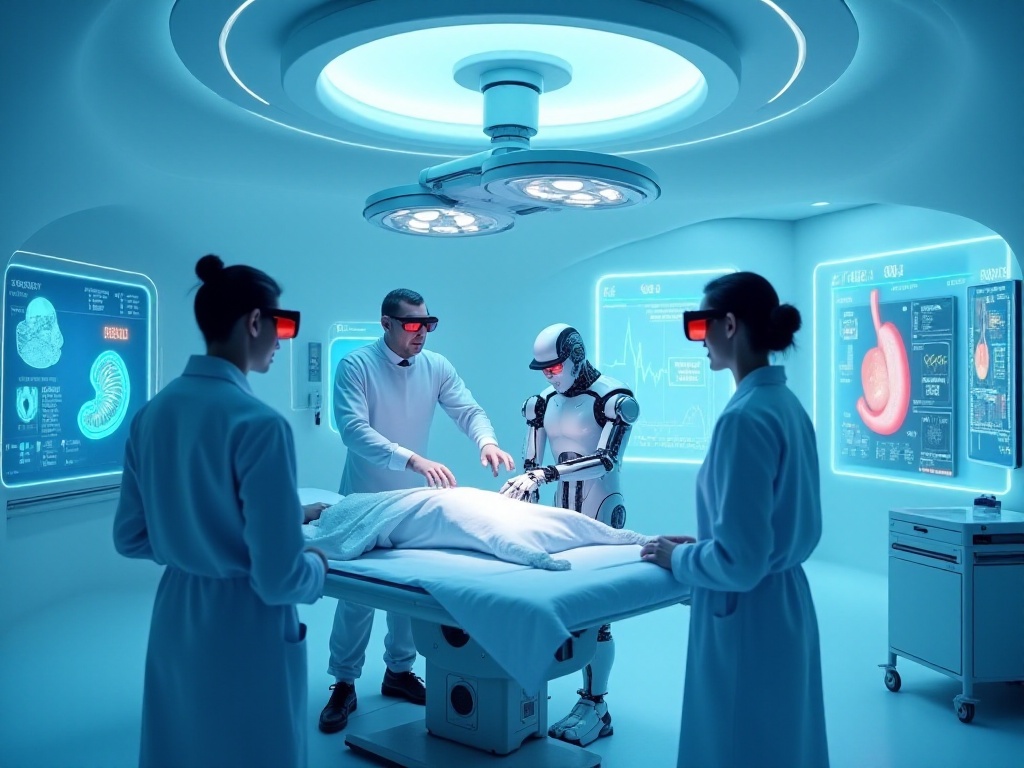
Implementation Journey
Data Foundation
The most headache-inducing part of this project was definitely the initial data processing work. Although the company had fifteen years of production data, it was all on paper! My goodness, seeing those stacks of paper records, I almost wanted to give up.
But since we'd taken on this job, we had to push through. I formed a dedicated data processing team, including several recent college graduates and veteran employees. We divided the work into several phases: first was data entry, converting paper records to electronic format; then data cleaning, removing duplicate and incorrect records; finally data standardization, unifying different data formats.
To be honest, those two months were torture. We faced tedious data entry work every day, and sometimes when a number was unclear, we had to consult several old employees to confirm it. However, this process gave us a deeper understanding of the company's production processes. Plus, through conversations with veteran employees, we collected lots of valuable experience - this was "tacit knowledge" beyond the data.
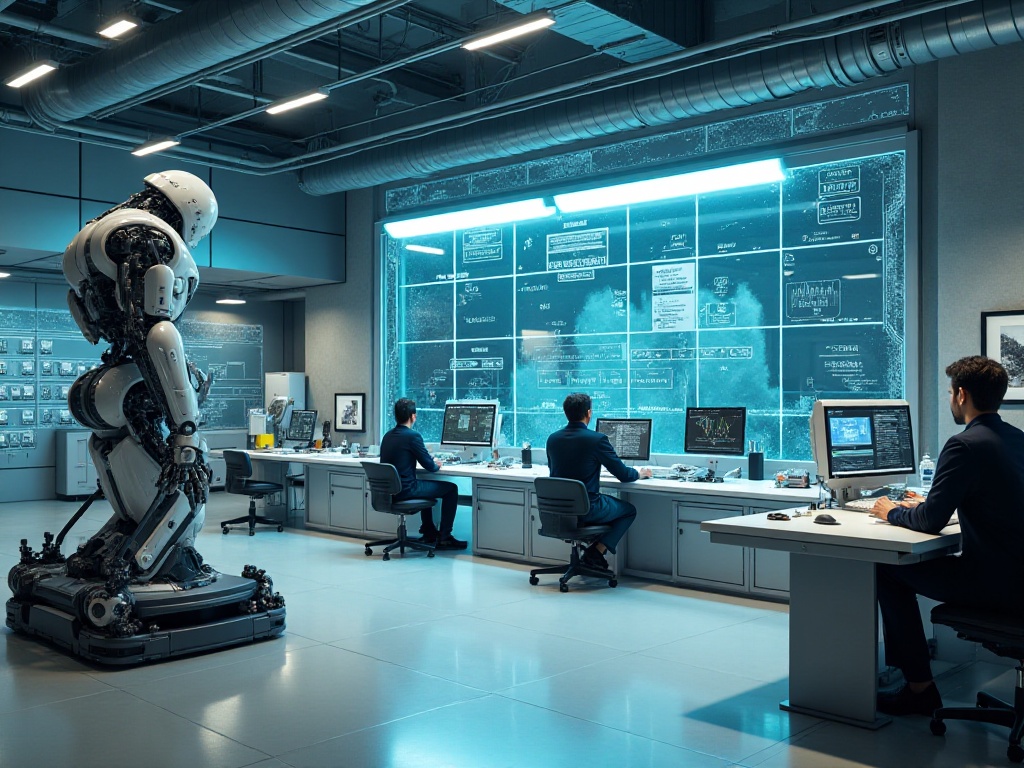
Model Construction
With the data foundation in place, we began the exciting model construction phase. Honestly, this process was much more complex than I imagined. We had to consider not just equipment vibration data, temperature data, and sound data, but also factor in environmental conditions, production loads, and various other variables.
Initially, we tried some simple statistical models, but the results weren't ideal. Later, we introduced deep learning algorithms, and through extensive data training, finally built a pretty good prediction model. The most impressive thing about this model was its ability to predict potential failures 3-7 days in advance, with 87% accuracy.
I remember when we first showed this result to the engineers, they were amazed. One veteran engineer said, "This is incredible! We can only spot problems a day or two in advance based on experience, and we often get it wrong." That kind of reaction made me feel really accomplished.
But model building wasn't a one-time thing. We went through countless adjustments and optimizations. For example, the model initially had frequent false alarms, which troubled the engineers. Through deep analysis, we found that some sensor data sampling frequencies weren't appropriate, and the problem was solved after adjustment.
Implementation Results
Honestly, even I was a bit excited when we saw the project results. In the first three months after the AI system went live, equipment failure rates dropped by 46%, saving 3.2 million in maintenance costs alone. For a manufacturing company, that's an astronomical figure!
But what made me happier was seeing the change in company culture. At first, many employees were skeptical of the AI system, thinking it was just for show. But after they saw the AI system accurately predict several major failures, their attitude completely changed. Now, checking the AI system's warning information is the first thing done at every morning meeting, and everyone actively learns how to better use the system.
Once, I overheard two veteran workers discussing in the break room: "It's so much more convenient now. The system tells us in advance where problems might occur, so we can prepare ahead of time instead of scrambling like before." Hearing conversations like that made all the hard work worth it.
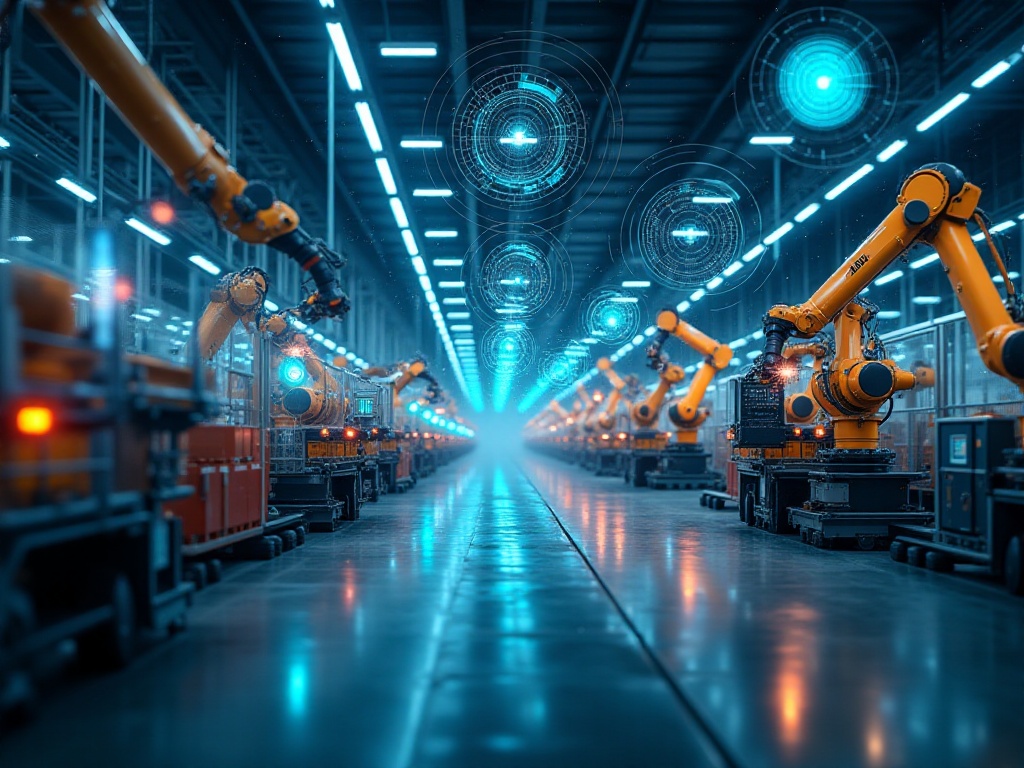
Experience Summary

Strategic Positioning
During the AI transformation project, I learned an important lesson: you must target the company's most painful points. For this company, equipment maintenance was their biggest headache, with losses from equipment failures reaching tens of millions annually. By breakthrough at this point, we achieved immediate results and naturally won support from throughout the company.
Moreover, this approach has the advantage of quick results. In a business environment, seeing quick effects is particularly important. If there's too much initial investment but no visible returns for a long time, it's easy to shake decision-makers' confidence. Our project progressed smoothly largely because it demonstrated clear value in the short term.
I remember once the company CEO told me: "Young man, you've done a good job with this project. Since AI is so powerful, should we try it in other areas too?" That's a typical virtuous cycle! One successful case can drive the entire company's digital transformation.
Talent Development
Regarding talent development, I think the most important thing is being down-to-earth. Many people think AI is very profound, but it's not really. When designing training programs, we deliberately took a gradual approach. We started with simple concepts, like what data analysis is and why we use AI, before slowly moving into specific operational methods.
We also specifically designed many hands-on sessions. For example, we would give everyone real data to practice with in the AI system. This approach was particularly popular because people could directly experience AI's effects. Most memorable was a worker in his 50s who wasn't even very familiar with computers at first, but after training became one of the most active users of the AI system in the workshop.
During training, we also paid special attention to the needs of employees of different ages. For young employees, we focused more on technical principles; for veteran employees, we emphasized practical applications. This differentiated training approach allowed everyone to find their own learning pace.

Cultural Development
Cultural development is perhaps the most difficult but also most important part of AI transformation. You have to understand, many manufacturing companies have decades of history, and their work methods and decision-making processes have become fixed patterns. Changing these patterns really requires great courage and patience.
Our strategy was gradual progression. First, we would share successful AI application cases at weekly meetings, showing everyone the benefits of data-driven decision-making. Then, we established a reward mechanism to encourage employees to propose improvements based on data analysis.
Slowly, we saw changes. Previously in meetings, people would speak based on feelings, now they look at data before expressing opinions. Once, the quality department head told me: "Now we don't feel confident speaking in meetings without data." This change is the best proof of cultural transformation.
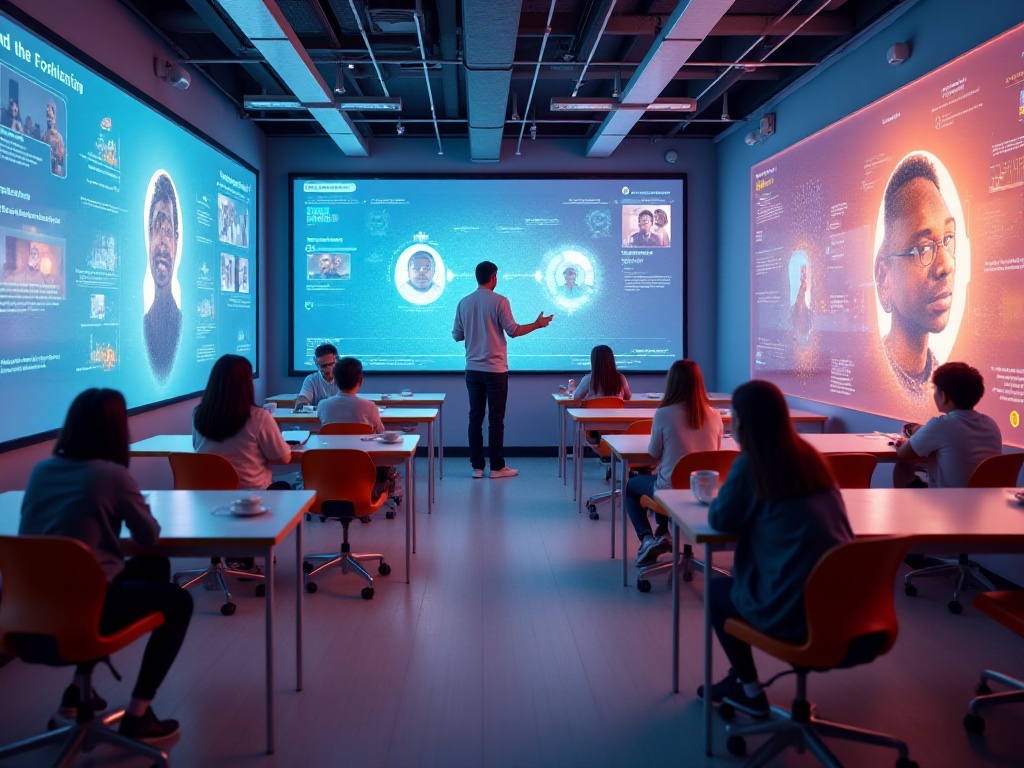
Future Outlook
Honestly, I think what we've done so far is just the tip of the iceberg for AI applications in manufacturing. Through this half-year of practice, we've seen many more possibilities. For example, we're trying to use AI to optimize production planning. Traditional production scheduling mainly relies on human experience, but AI can consider multiple factors simultaneously, like raw material supply, equipment status, and order delivery dates, to create more optimal production plans. Initial calculations suggest this could bring about a 15% efficiency improvement.
In quality inspection, AI applications also have broad prospects. Many quality inspections are still done manually, which is not only inefficient but also prone to oversights. If we introduce AI visual inspection systems, we can not only improve inspection accuracy but also achieve 24-hour continuous operation.
Inventory management is another area with great potential. Through AI algorithms, we can more accurately predict raw material needs and optimize inventory levels. This not only reduces capital occupation but also prevents production stoppages due to raw material shortages.
What I'm most looking forward to is that with the popularization of 5G technology and the development of IoT devices, we'll be able to collect more and more data, and AI application scenarios will become increasingly rich. Perhaps in the near future, we'll see truly "smart factories."
Through this project, I deeply feel that AI transformation isn't just a technological innovation, but a revolution in thinking and working methods. Although various difficulties and challenges will be encountered in the process, as long as the direction is right and we persist, we'll definitely see surprising changes.
In this rapidly changing era, traditional manufacturing must embrace new technology. AI isn't some unreachable high technology, but a tool that can solve real enterprise problems. I hope more manufacturing companies will bravely take their first step toward digital transformation and seize the opportunities in this promising era.




